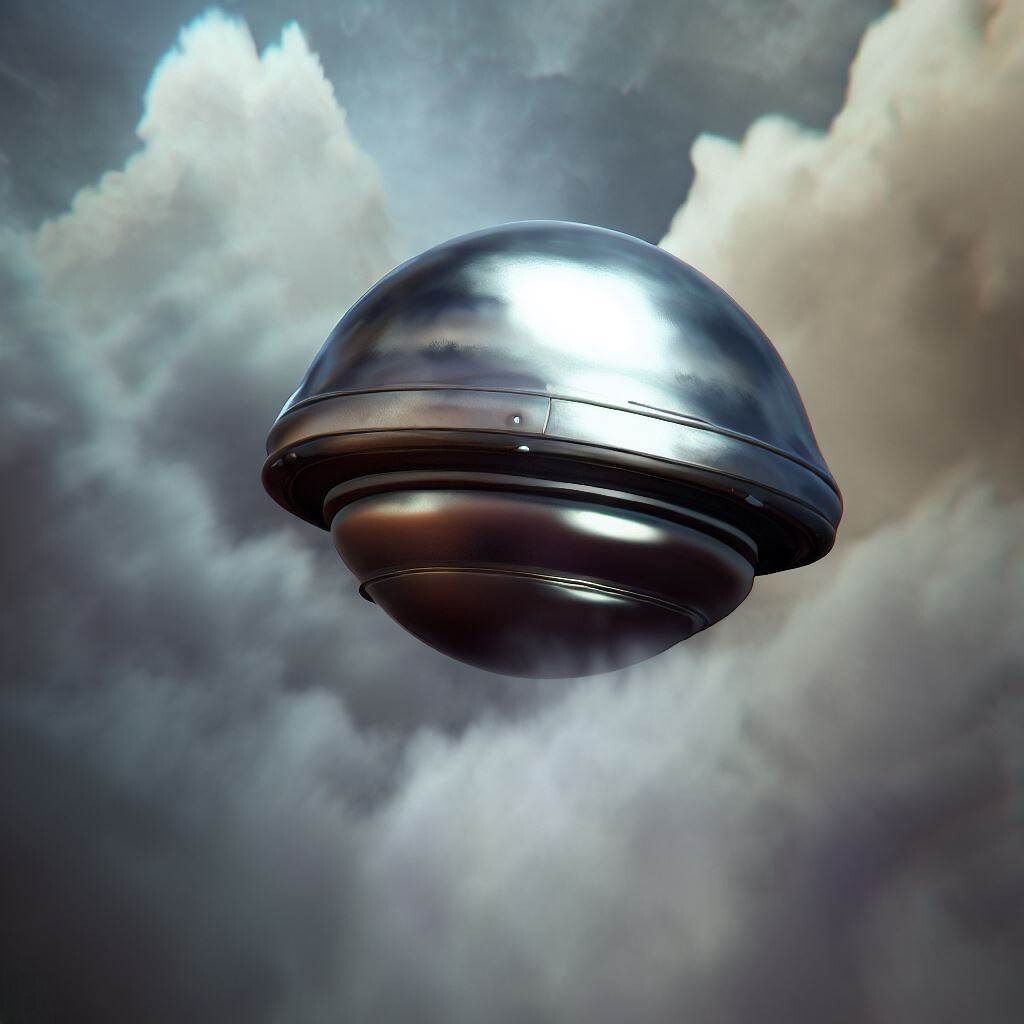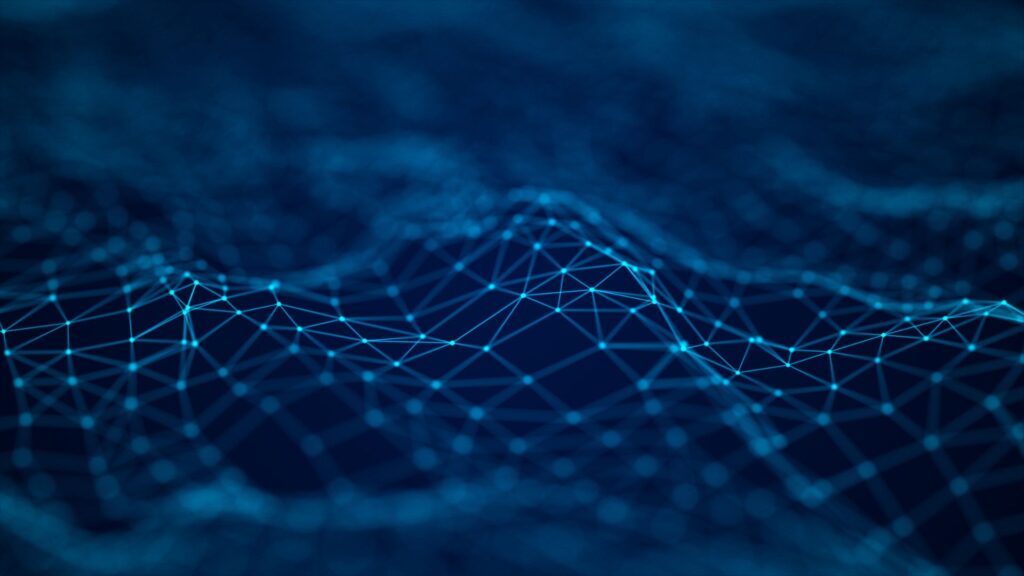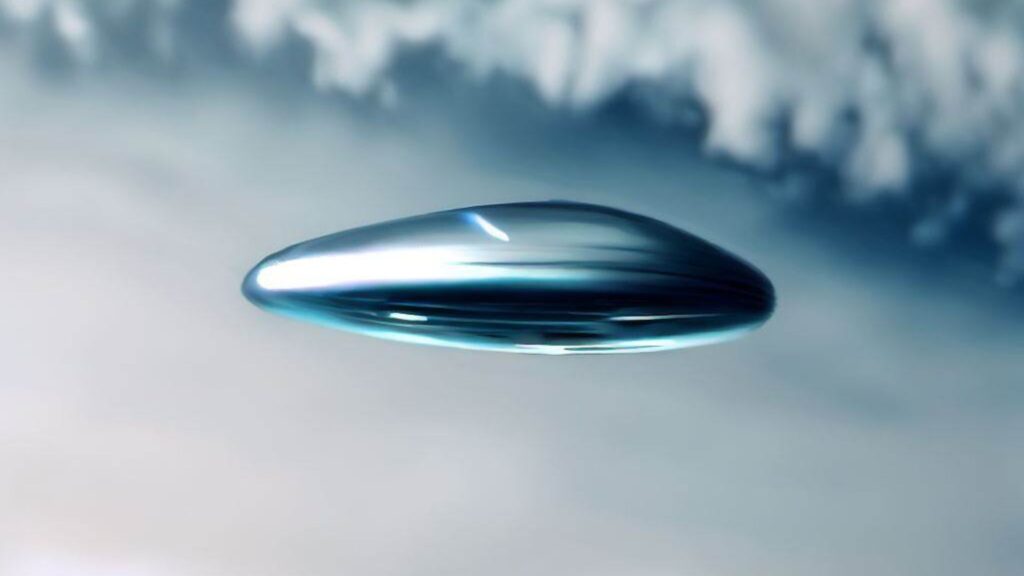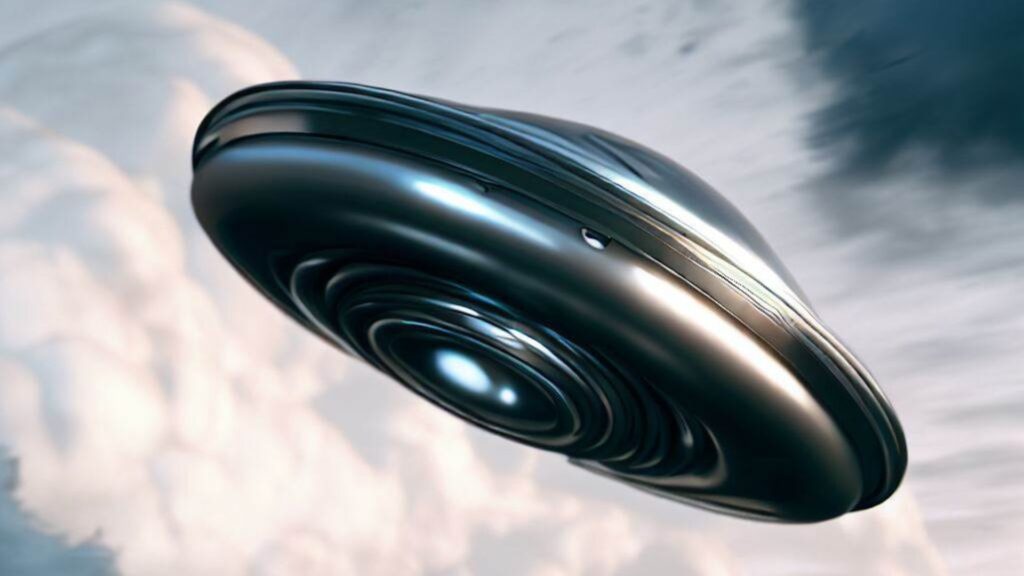Introduction
Unidentified Aerial Phenomena (UAPs) have been a topic of interest for many years, and as they continue to show up more frequently in air spaces, they create hazards and aviation issues. However, we don’t really know what we’re dealing with, and we’ve normalized it now.
That’s why there is a growing interest in developing the next UAP camera that can detect and analyze these phenomena.
In this article, we will explore the potential of event cameras and AI solutions, the use of machine learning, and the development of a national network of cameras to collect anomalous data and give us better insight into what’s going on over our skies. Join us as we delve into the exciting world of UAP detection and explore the latest developments in this field.
UAPs

As UAPs (Unidentified Aerial Phenomena) show up more frequently in air spaces, they create hazards and aviation issues. However, we don’t really know what we’re dealing with, and we’ve normalized it now. We say, “Okay, we’re going to continue and allow this to happen.”
And yet, there may be something ominous on the other side that we really should be addressing. That’s why most of us want to continue to see things, get a look at the data, try to understand what it means, and determine if there’s an agency behind it.
Machine learning

Machine learning has made great strides in playing games, and it’s possible machine learning might be useful here too.
By observing some of the behaviors and maneuvering, we may begin to see patterns. And in those patterns, through reinforcement learning, we can come to compensate for them.
One of the objectives is how to give advice to someone in the cockpit who sees something flying straight at them or 50 feet away.
What should we do based on past behaviors that we’ve seen or interpreted to not engage in a safety hazard?
So there are strategies and techniques that we can try, but we have to be aware of the biases that are evident right in front of us as well as we move forward.
AI to Detect UAP/UFOs

A neuromorphic chip is something that uses neural networks, which is basically the architecture that’s locked in here.
A neural network has a node that integrates inputs from several areas, like the axons and our neurons.
It applies weights to those inputs and sums them up, and then creates an output that goes into perhaps many more neurons.
And in the end, neural networks have been trained to now be at the leading edge of social conversations, like chat GPT.
This is the underlying technology in large language models and other types of machine learning.
Event Camera

The potential of event cameras and AI solutions is enormous. An event camera is all about moving things.
If something is static, it doesn’t see it, but if it’s moving, it picks it up. And combining that with artificial intelligence will allow us to reach our endgame.
UAP detector
By developing a Star Tracker in the lab, we can bring down the cost by an order of magnitude and improve the performance by an order of magnitude or so.
When we combine the event camera with a neuromorphic chip running some AI solutions, that could be the next UAP detector, both from orbit and from the ground.
AIAA
AIAA, as an organization, sponsors several competitions for universities throughout the year: airplane design, spacecraft design, and mission design.
And we’ve been talking with the folks who handle those competitions about a STEM-related camera development, where we would provide the template for what a UAP sensing camera might look like.
Networking Providers

We would allow, of course, innovation and other skills to be brought to play by the university students so that we could have a competition. And then, after that, the students can put their wares together with software detecting anomalies.
And, of course, as you know, we’re working with some networking providers who could gather all that data in their central place. And hopefully, we could create a national network of cameras that would collect anomalous data and maybe give us better insight into what’s going on over our skies.
Conclusion

In conclusion, the study of Unidentified Aerial Phenomena (UAPs) has captured the attention of the public, the scientific community, and the government alike.
The recent Pentagon report on UAPs has motivated scientific inquiry toward the goal of identifying these phenomena. The Galileo Project has been initiated to scientifically explore the nature of UAPs, and NASA has set up an independent study team on Unidentified Anomalous Phenomena.
High-resolution images, extensive artificial intelligence/deep learning, and algorithmic approaches are needed to differentiate atmospheric phenomena from UAPs.
However, the lack of high-quality data makes it impossible to draw scientific conclusions about the nature of UAPs. The development of the next UAP camera that can detect and analyze these phenomena is crucial to better understanding and resolving anomalous phenomena.
